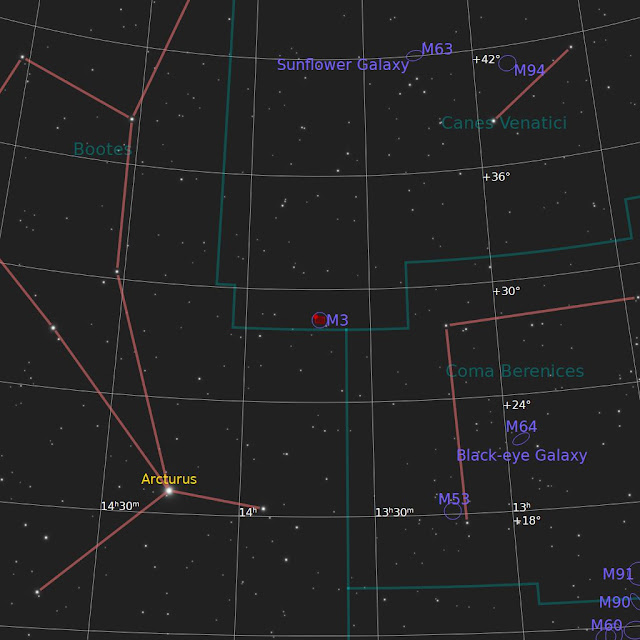It was perfectly clear, except for the wildfire smoke!
Friday 7/26 was the second night of what turned out to be a string of 4 clear nights. That was the good news. The bad news was that wildfire smoke from out west had rolled in. It would be the only night I would have any chance of imaging, so when we got home around 10 pm, I set up and was collecting subs by 11 pm. The week before I tore down my setup. I removed the dovetail saddle on my EQ6-R pro and replaced it with an ADM Saddle that was purchased at last year's NEAF. I also replaced my telescope with an Askar FRA600 that is on loan from a friend. He is unable to use the scope for a bit and generously allowed me to borrow it. I did some cleanish skies last Saturday night and was able to get focused and verify everything was working.
The first target of the evening was Barnard 150, The Sea Horse Nebula. The 61% illuminated Moon rose around 11:38 PM. I continued to image this target until a little after 2 am, when the Moon started to clear the trees and was impacting the image quality. I took flats, popped the L-eXtreme filter in the image train, took flats with that and switched to a second target for the session. That will be another story. I captured a total of 74 exposures at 2 minutes each. Hope to get more time on this object, as I believe this will improve the result. Here's the final image.
 |
| Barnard 150, The Sea Horse Nebula. |
Processing:
All pre and post processing was performed in PixInsight. Pre-Processing: All subs were visually inspected with Blink and subs with issues were removed. All light Frames, Flats, Darks and Dark flats were loaded into WBPP. Linear Post Processing: Background extraction was performed with Auto DBE Script from Seti Astro followed by BXT (correct only). SPCC was used for Color Calibration followed by a full application of BXT. Noise was reduced with NXT. The image was made non-linear with HT. Non-linear Post Processing: Stars were removed with StarXT. Stars: Saturation was increased with CT. Starless: Saturation was increased with CT. LHE was applied at 3 Kernel sizes. Unsharp mask was applied and MMT was used to increase sharpness. The Stars and Starless images were combined with Pixel Math to produce the final image.
What is it?
B150 is a Dark Nebula in the constellation Cepheus. It is an interstellar cloud and dust so dense that blocks the optical or visible light behind it (from our point of view).
 |
| An Annotated image of B150. |
How Big is it?
M8 has a size of 60 x 60 arcminutes (1 degree is 60 arcminutes) on the night sky.
How Far is it?
M8 is located about 1,200 light-years (ly) from Earth in the constellation Cepheus.
How to find it?
I'm not going to say this object can't be observed visually because I don't know. I've never attempted to visually observe this. Definitely not a target for beginners. Dark skies with excellent seeing/transparency would be required to have a chance. This object is about 1 degree in angular size, so a fairly wide field of view would be required.
This object is in Cepheus as shown in the finder chart below. B150 is between Cepheus and Cygnus as indicated by the solid red rectangle in the finder chart.
 |
| Finding Chart for B150. |






















